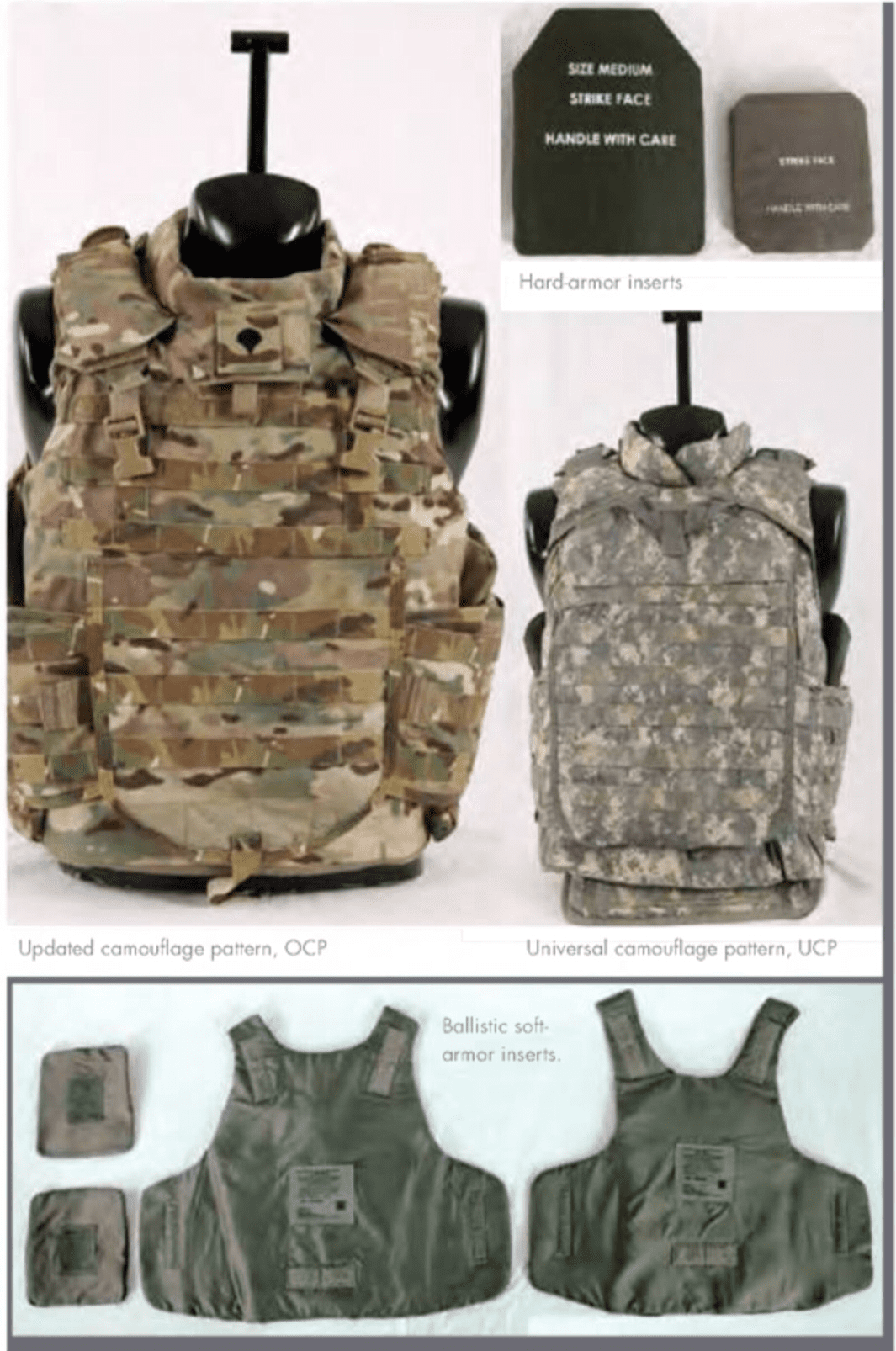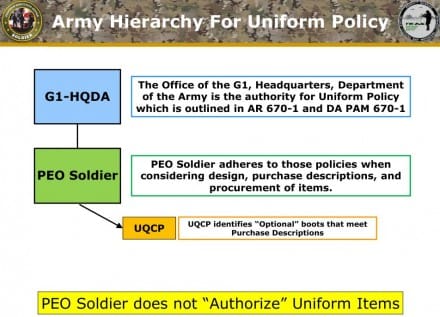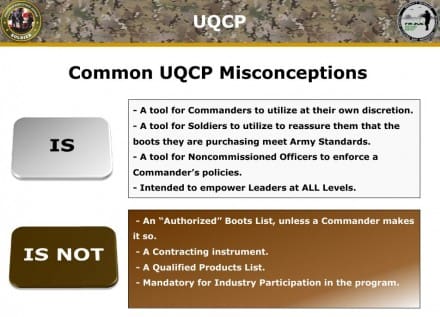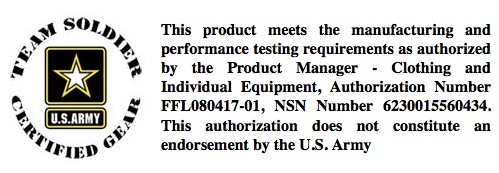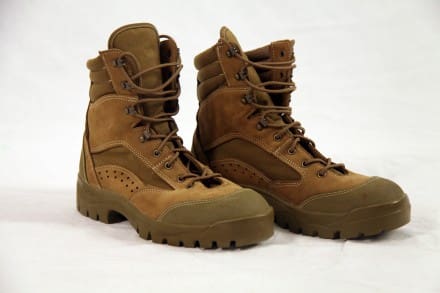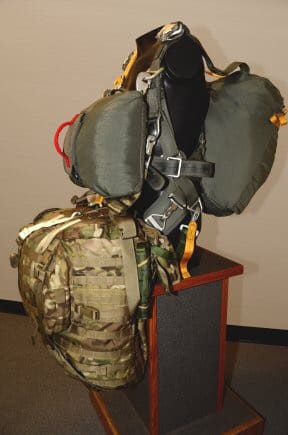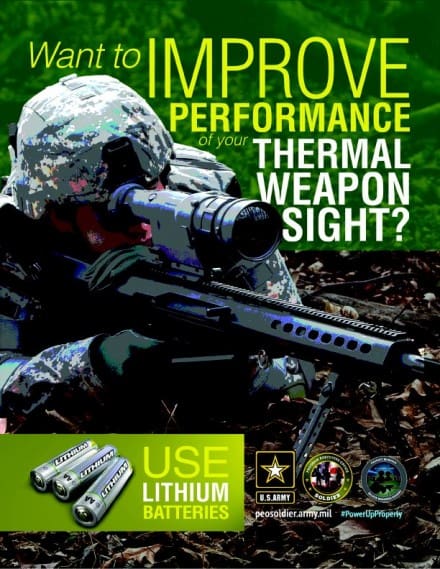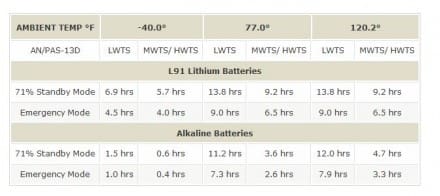Yesterday, the Army Contracting Command issued a Sources Sought Notice in support of PEO Soldier’s Program Manager Individual Weapons seeking information to “identify sources/vendors with experience in small arms manufacturing and associated technologies (corporate knowledge, technical expertise, facilities, manufacturing equipment, and product acceptance test hardware) capable of the production of…Non-Development Items (NDI), for improvements to the M4A1 Carbine.” While it’s not a pre-solicitation (yet), it’s very exciting stuff seeing the Army leverage all of the commercial off the shelf advancements made to the Black Rifle in recent years.

Collectively, these NDI improvments are being referred to as M4A1-Plus (abbreviated as M4A1+) components. Here’s where it gets a little sticky. According the the RFI, it is anticipated that the M4A1+ components will be evaluated as a system. Sounds like they dont plan on seeking best of breed but rather a turnkey solution from a single vendor, although if this makes it through there may end up being some horse trading this component for that. Of note, although the Enhanced Trigger Module is included in this RFI, it will be procured seperately. Additionally, sounds like Black is out and Brown is in for the M4, at least for the rail system, which will conceptually be much more like what is currently available commerically than the current system, designed back in the 90s.
The RFI goes on to state that the offered M4A1+ system must install on/interface with stock M4A1 Carbines. “The M4A1+ components will seamlessly integrate with the current M4A1 Carbine (to include but not limited to the barrel, gas tube, upper receiver, bolt and bolt carrier) without negatively impacting or affecting the performance or operation of the M4A1 weapon. The M4A1+ components shall be compatible with current M4A1 ancillary equipment without modification to the ancillary equipment and/or the equipment’s mounting brackets. This ancillary equipment includes but is not limited to optics/sights, aiming/pointing devices, training devices, slings, and rail covers.” Considering the Army is wrapping up its current upgrade to the M4A1 comfiguration that all makes sense.
Here is the meat and potatos of what the Army is seeking including some specific info for potential vendors. If you want to participate, make sure you visit the actual notice on FBO.gov for instructions and deadlines.
REQUIREMENTS
The M4A1+ components shall provide a synergistic effect to enhance Soldier and weapon system lethality, survivability, and operational effectiveness. Specific M4A1+ attributes/capabilities are as follows:
a. Accuracy/Dispersion (Precision): The system accuracy for the M4A1+ shall be 5 quote mark mean radius at 300 meters throughout barrel life (required) and shall be 5 quote mark extreme spread at 300 meters throughout barrel life with .9 probability (desired) and shall be 10 quote mark extreme spread at 600 meters throughout barrel life with.9 probability (desired). Note: The precision measurements are ammunition and M4A1+ specific, without attached under-barrel weapons. Extreme spread measurements will be both vertical and horizontal.
b. Improved extended forward rails: The improved extended forward rails shall provide for a MIL-STD-1913 compatible rail that is fixed at the 12 o’clock position, with numbered attachment points. The rail must also provide for the attachment of modular, MIL-STD-1913 enabler(s) attaching capability on the hand guard. The improved extended forward rails shall provide for a hand guard allowing for a free-floated barrel, and for a design/redesign of the under-barrel weapon systems/module interface to use the MIL-STD-1913 compatible rail surface on the hand guard as the attachment point(s), instead of the barrel.
i. Length: The length of the improved extended forward rails shall be twelve (+/- .5 quote mark ) inches.
ii. Mounting surfaces: The improved extended forward rails shall have sufficient removable mounting surfaces of varying lengths (e.g. 3 quote mark , 5 quote mark , 7 quote mark ) to allow selective, simultaneous mounting of standard U.S. military accessories (e.g., lasers, illuminators, slings, bipods, vertical grips/grip-pods, etc.).
iii. Zero Retention: The improved extended forward rails mounting surfaces will allow for zeroed accessories/enablers to retain zero with 90% confidence (excluding optic/enabler malfunctions) no more than 1 Minute of Angle (MOA).
iv. Color: The improved extended forward rails shall provide for reduced visual detection via a neutral (non-black) color and shall be of a rough, dull, non-reflective, coating/finish that retains paint. The color range will be Coyote 498 not lighter than Light Coyote 481, IAW FED-STD-595 #20150 not lighter than #20220; flat dull finish.
v. Protective Materials (coatings): The improved extended forward rails shall be corrosion, abrasion, impact, as well as nuclear, biological, chemical (NBC) contaminants and decontaminants resistant. The improved extended forward rails shall be protected from corrosion in all environments and weather conditions, including marine, high humidity, rain, and desert conditions.
vi. Low Profile Gas Block: The extended forward rails shall include a low profile gas block. The gas block will be compatible with current M4A1 heavy barrel and gas tube.
vii. Forward Sling Mount: The extended forward rail shall include a forward sling mount compatible with 1 quote mark sling.
c. Improved back-up sights: The M4A1+ shall include a removable back-up sight(s) to be used in the event of damage to the primary sight. These back-up sights (front and rear) shall stow down/away to reduce interference with the mounted primary sights and flip up to enable Soldiers to engage targets out to 300 meters. The sight aperture(s) shall provide for both near threat (to 200 m) and for longer (to 300m) engagements and shall allow for windage and elevation adjustments; 600 meters w/o degrading threshold capabilities.
d. Improved flash suppressor: The M4A1+ shall incorporate a barrel flash suppressor / muzzle brake designed to reduce the day and night firing signature and night vision device blooming effect of the weapon to be less than the current carbine without loss in system performance. The improved flash suppressor will have a blank firing adapter (BFA) compatible with M200 blank ammunition. The BFA shall minimize injury if a live round is accidentally fired with the BFA attached.
e. Improved charging handle: The improved charging handle shall provide for an enhanced (enlarged) grasping surface area that also allows for gas, lubricant, and debris deflection. The charging handle design shall include an extended latch capability for improved hand/finger grasping access and enhanced operating leverage/operation for both left- and right-handed shooters. The improved charging handle must be compatible with current standard optics, electro-optics and the improved BU sights (required). .
f. Weapon Weight: The M4A1+ will weigh less than 8.0 pounds un-loaded without accessories/enablers.
g. Reliability: The reliability of the M4A1+ shall be equal to or greater than the current capability when both systems are fired under the same conditions.
h. Enhanced trigger module: The enhanced trigger module shall provide for a single-stage trigger, free of creep, with consistent trigger pull weight within the range of 4.0 to 5.0 pounds. The enhanced trigger shall allow for operator selected semi-automatic and full automatic fire. The trigger shall be capable of installation/replacement by the field level maintainer. (Note: Creep shall be interpreted to mean any perceptible rough movement between the time the trigger slack is taken up and the hammer is released). NOTE: The enhanced trigger module is intended to be procured separately from all other M4A1+ components.
Production capacity estimates.
i. Request information on minimum and maximum monthly production rates for potential M4A1+ components, and the lead times to achieve these production rates. This capacity should be above and beyond any of the vendor’s current production orders or current sales. If additional equipment is required to achieve maximum monthly production rates, so state.
VENDOR QUESTIONNAIRE
The purpose of this questionnaire is to obtain information from industry to assist in market research. Firms/companies are invited to indicate their interest and capability to satisfy the above requirements by identifying the following items:
1. Company Name
2. Company Address
3. Company point of contact, phone number and email address
4. Commercial and Government Entity (CAGE) Code
5. Major partners or Suppliers
6. The North American Industry Classification System (NAICS) code. Identify if the business is considered a small or large business, based on the NAICS Code.
7. Include pricing information for the requirements noted above as a system utilizing sub-paragraphs a – g. Also it is requested to price each subparagraph, a -h, by separate components Pricing information for the enhanced trigger module (requirement i, above) should be provided as a separate component and not included in the quote mark system quote mark pricing requested earlier.
8. For each requirement identified indicate whether production is in house or out sourced.
9. Include monthly production rate for the proposed system, as well as the maximum monthly production rate.
10. Identify manufacturing, managing and engineering experience of like items of equal or greater complexity.
11. Identify existing facilities, equipment and workforce (identify what percentage would be supporting this new effort and what additional resources would be required).
12. Please provide any additional comments.
RESPONSE INSTRUCTIONS
Firms/companies are invited to indicate their capabilities by providing specifications, brochures, manuals, reports, demonstration video and other technical data as well as identification of current customers and a rough indication of pricing. Any pricing data should be sent, if available, and at no cost to the U.S. Government. In addition, if any firms/companies would like to submit sample hardware they may do so but there is no requirement to be responsive to this Market Survey request. If any firms/companies do submit sample hardware it will be at NO COST to the U.S. Government. Any samples provided in response to this Market Survey will be retained by the U.S. Government.
This Market Survey is a Request for Information (RFI) ONLY and should NOT be construed as a Request for Proposal (RFP) or a commitment by the U.S. Government.
The Government reserves the right to reject, in whole or in part, any private sector input as a result of this market survey.
If a company has an existing commercially available or non-developmental item that meets these requirements, please provide brochures or other information relative to the performance, maintenance, and physical characteristics (e.g., size, weight, etc.) of the product.
Respondents are advised that the U.S. Government will not pay for any information, sample hardware or administrative costs incurred in the response to this RFI. All costs associated with responding to this RFI will be solely at the interested party’s expense. Not responding to this RFI does not preclude participation in any future RFP or other solicitation (if any are issued).
This is a market survey, not a pre-solicitation notice. There is no formal solicitation available at this time. No award will be made as a result of this market survey. If a formal solicitation is generated at a later date, a pre-solicitation notice will be published. Respondents will not be notified of the results of this survey or results of information submitted. Should the decision be made to proceed with the M4A1+ Program, vendors will be afforded an opportunity to participate in a compatibility check. The compatibility check will provide vendors with access to the M4A1 weapon as well as ancillary equipment.
